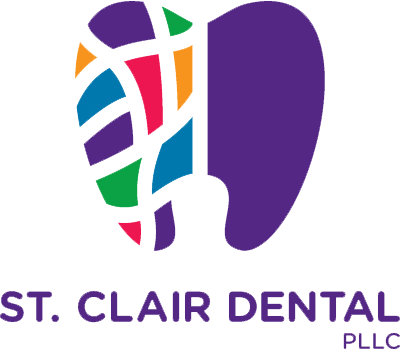One question that dentists are frequently called on to answer is whether there’s a way to put an end to cavity concerns once and for all. Maintaining a dental hygiene routine that includes twice a day brushing, flossing, and using mouthwash is certainly an effective deterrent, but stop keeping up with it, and tooth decay can take hold. The goal of dental technology is to completely eliminate tooth decay and other oral health concerns for good. While we aren’t quite there yet, a discovery by a research team headed by Dr. Russel Pesavento may be our first step to ending cavities forever.
Only 8% of all American Adults Make It To Age 64 From Childhood Without a Cavity
How Cavities Happen
To discuss how this new discovery can eliminate cavities, we first have to talk about the way they form, to begin with. Cavities are the result of eroded enamel typically caused by the effects of acid produced by a specific type of bacteria that lives in our oral cavity. Brushing helps to fight these bacteria and eliminate the biofilm, plaque, that they form on our teeth. Failure to brush allows the plaque to accumulate and acid to damage our teeth. Cavity formation occurs in a series of steps, outlined below:
- Acid damage causes the formation of white spots in our enamel
- These spots darken as enamel is destroyed, resulting in depressions in the tooth known as cavities that require fillings to repair.
- The dentin layer under our enamel becomes compromised, causing dental pain and sensitivity.
- The decay reaches the pulp, resulting in significant pain and the spread of infection into the inner tooth.
- Abscesses form at the root of the tooth, often requiring a root canal treatment to repair.
All of these stages are usually the result of the same process, uninhibited plaque, and tartar growth. If not properly addressed, this can result in teeth becoming severely decayed, requiring extraction to correct. It can also be the cause of bone decay in the jaw, and in some rare cases, the infection can spread to the bloodstream resulting in death.
700 species of bacteria, both harmful and helpful, make up the complex ecosystem in our mouth
The Road To The End Of Dental Decay, Once And For All
The logical conclusion to eliminating tooth decay would be the eradication of the responsible bacteria. Unfortunately, this isn’t as simple as just doing a clean sweep of all bacteria in the mouth. All currently available methods of fighting bacteria on this level would eliminate both the healthy and unhealthy bacteria in our mouths, causing more harm than good.
Research performed by Dr. Russel Pesavento and his team has discovered a special substance by the name of ‘cerium oxide nanoparticle solution’ that has demonstrated a unique ability. Studies reveal that this substance is capable of reducing the growth of the bacteria responsible for tooth decay by as much as 40% without also attacking the healthy bacteria. While this isn’t the complete resolution that dental researchers are striving for, it’s a vital step and proof that such a goal is, in fact, achievable. That’s something we can all excitedly look forward to.

